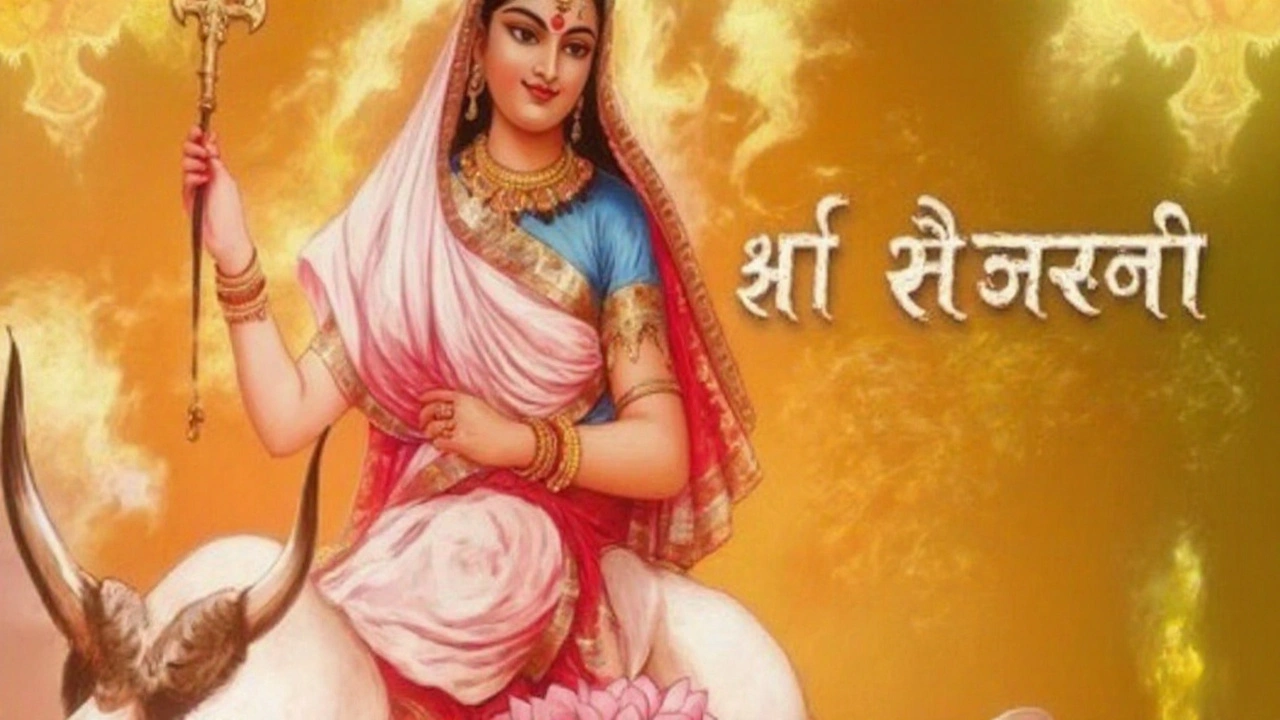Navratri Day 5: What It Means and How to Celebrate
Navratri is a nine‑night festival that honors the goddess Durga in her many forms. By the fifth night, the energy shifts, and a new set of rituals takes center stage. If you’re wondering why Day 5 feels different, you’re in the right place. Let’s break down the traditions, the symbols, and some fresh ideas you can try at home.
Traditional Rituals for Day 5
Most families start the day with a fresh bath and a simple prayer to invoke the goddess’s protection. The main offering on the fifth night is Satyanarayan puja, which focuses on truth and righteousness. Devotees light oil lamps, arrange fresh flowers—especially marigold and jasmine—and chant verses from the Durga Saptashati.
Color plays a big role. While the first four days often feature bright reds and oranges, Day 5 leans toward mellow yellows and gold. Many people wear a yellow sari or kurta to match the vibe. The color symbolizes knowledge and optimism, reminding everyone to keep learning even during a festive season.
Food is another highlight. Classic dishes include kho (a spicy lentil stew), puris with aloo sabzi, and sweets like jalebi or laddu. Regional variations exist—people in Gujarat might serve dhokla, while those in West Bengal enjoy payesh. The key is to keep the meals vegetarian, as Navratri promotes purity.
Modern Ways to Celebrate
If you live in a city or have a busy schedule, you can still honor the day without a full‑scale puja. A simple candle lighting at sunrise, followed by a short mantra, works well. You can also create a mini‑altar on a balcony using a small statue, fresh herbs, and a handful of rangoli powder in yellow.
Social media has added new flavor to the celebration. Many people share short videos of their home décor, outfit choices, or a quick recipe walkthrough. If you’re comfortable, join a live stream of a community puja and feel the collective energy from your living room.
For families with kids, turn the rituals into a learning game. Ask them to pick a flower, place it on the altar, and tell a story about why that flower is special. This keeps the spirit alive and makes the tradition stick for the next generation.
Finally, think about giving back. Navratri is a time of gratitude, so consider donating food, clothing, or even a small amount of money to a local charity. It doesn’t have to be a grand gesture—one extra plate of sweets for a neighbor can make a big difference.
Whatever you choose to do, the heart of Navratri Day 5 is about staying truthful, embracing knowledge, and sharing positivity with those around you. Light that lamp, wear that yellow dress, and enjoy the flavors of the season. Happy Navratri!
